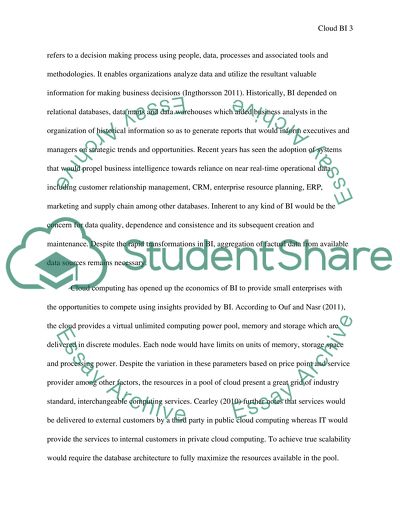Cite this document
(“How Cloud Services can support Business Intelligence: Pitfalls and Essay”, n.d.)
Retrieved from https://studentshare.org/information-technology/1398140-how-cloud-services-can-support-business
Retrieved from https://studentshare.org/information-technology/1398140-how-cloud-services-can-support-business
(How Cloud Services Can Support Business Intelligence: Pitfalls and Essay)
https://studentshare.org/information-technology/1398140-how-cloud-services-can-support-business.
https://studentshare.org/information-technology/1398140-how-cloud-services-can-support-business.
“How Cloud Services Can Support Business Intelligence: Pitfalls and Essay”, n.d. https://studentshare.org/information-technology/1398140-how-cloud-services-can-support-business.


